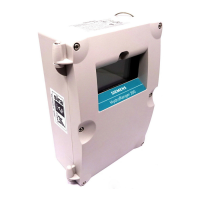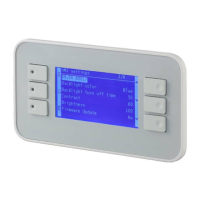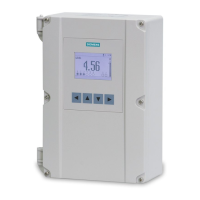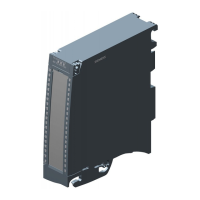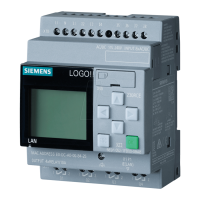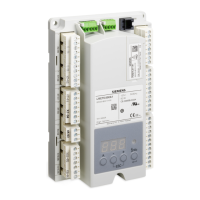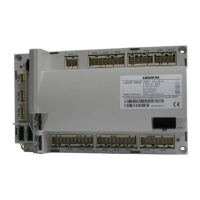hwc_vnsintro.fm
A31003-W1040-U101-1-7619, July 2006 DRAFT
HiPath Wireless Controller, Access Points and Convergence Software V4.0, C10/C100/C1000 User Guide
107
Virtual Network Services
VNS overview
6 Virtual Network Services
This chapter describes Virtual Network Services (VNS) concepts, including:
● VNS overview
● Setting up a VNS checklist
● Topology of a VNS
● RF assignment for a VNS
● Authentication for a VNS
● Filtering for a VNS
● Data protection on a VNS—WEP and WPA
● VNS global settings
● Setting up a new VNS
6.1 VNS overview
A VNS is an IP subnet designed to enable Wireless APs to interact with wireless devices. A
VNS is similar to a regular IP subnet. A VNS has the following properties:
● Each VNS is assigned a unique identifier.
● Each VNS is assigned a Service Set Identifier (SSID). The SSID does not have to be
unique.
● Each VNS is assigned a range of IP addresses for wireless devices. All of the wireless
devices share the same IP address prefix—the part of the IP address that identifies the
network and subnet.
The IP addresses of the wireless devices are assigned dynamically by the HiPath Wireless
Controller's Dynamic Host Configuration Protocol (DHCP) server within the assigned
range.
>
If the VNS is in branch mode, the HiPath Wireless Controller's DHCP server will
not assign IP addresses to the wireless devices. You can allow the enterprise
network's DHCP server to provide the IP addresses for the VNS by enabling
DHCP Relay.
The assigned addresses must be within range of the VNS definition and the
controller must be defined in the network as the path for traffic delivery to the
mobile units. For more information, see Section 7.1.1.8, “Using a DHCP relay
for the VNS”, on page 131.

